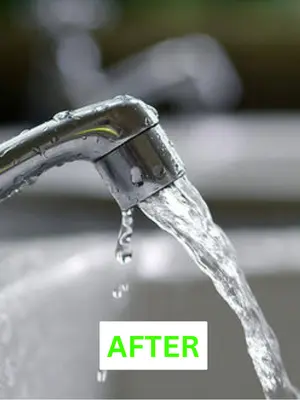Chlorine Dosing System & Ozonator with Iron Removal Plant and Water Softener Plant
The customization of a chlorine dosing system, ozonator, iron removal plant filtration system, and a water softener forms a comprehensive water treatment approach that effectively eliminates iron, bad smells, and water hardness from water.
Chlorine Dosing System:
Chlorine dosing is a common method used for disinfection in water treatment. Chlorine is a powerful oxidizing agent that can effectively kill various harmful microorganisms, including bacteria, viruses, and protozoa. It helps in preventing the spread of waterborne diseases and ensures the water is safe for consumption. The chlorine dosing system can be automated to maintain a consistent and safe level of chlorine in the treated water.
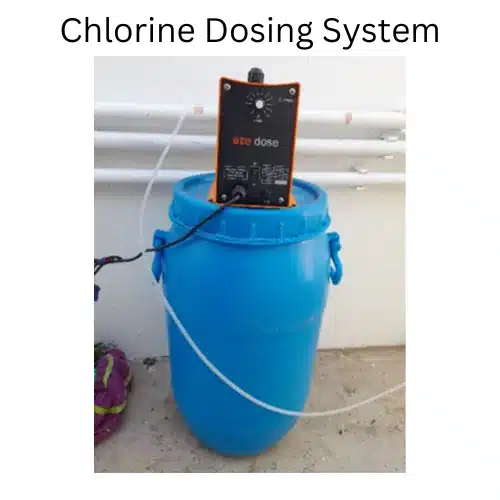
Ozonator:
An ozonator is used for ozone generation. Ozone (O3) is a strong oxidant and a powerful disinfectant that can be more effective than chlorine in some cases. It can rapidly oxidize and destroy various organic and inorganic pollutants, microorganisms, and contaminants present in water. Ozonation also helps to remove unwanted tastes and odors from the water. However, ozone is relatively unstable and needs to be generated on-site, so it requires specialized equipment. An ozonator is particularly useful in addressing bad smell issues in water. As a powerful oxidant, ozone can rapidly degrade and remove various organic compounds responsible for unpleasant odors. This includes volatile organic compounds (VOCs), hydrogen sulfide (the “rotten egg” smell), and other organic matter.
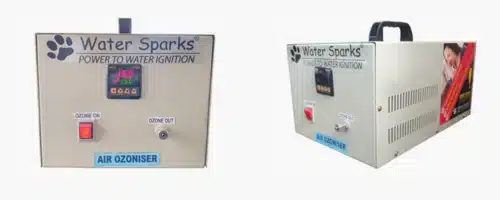
After the water has been treated to eliminate bad smells through the combination of a chlorine dosing system, ozonator and iron removal plant filtration system, it is then directed into the iron removal plant with the water softener system for further purification and conditioning.
- Iron Removal Plant with Water Softener: In this integrated stage, the water first undergoes iron removal using specialized filtration media to ensure the elimination of any remaining traces of dissolved or precipitated iron. The iron removal process significantly improves the water's color, taste, and odor, leaving it clear and more pleasant for consumption and daily use.
- Water Softening Process: Following the iron removal stage, the water enters the water softener plant. Here, the water softening process targets hardness-causing minerals, primarily calcium and magnesium ions, through ion exchange. The water passes through a resin bed that attracts and exchanges these hardness ions with sodium ions, effectively softening the water.
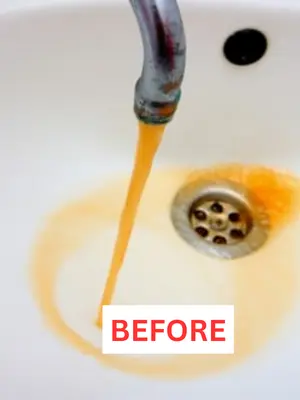
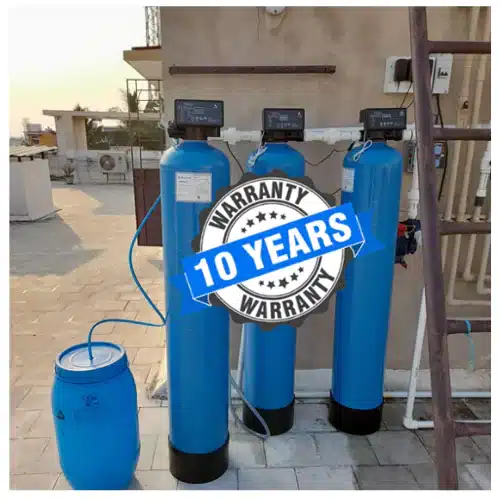
Iron Removal Plants with Water Softener Filter
